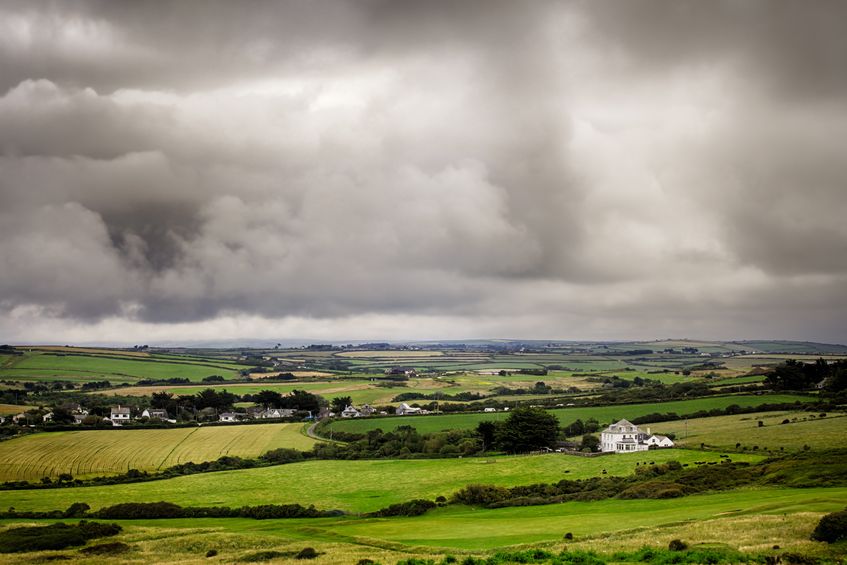
There has been a decline in bare arable land values in the last year, with prices dropping back to 2012 levels, with location and neighbour interest key.
Farmland values across the UK have fallen by over 10% during the past 12 months, according to new data from property consultancy Carter Jonas.
Average arable land values during Q3 registered a national average of approximately £8,967 per acre, and are equivalent to values last seen in 2012.
Values remain the highest in Southern and Central England, where demand for arable land is most pronounced.
By contrast, land values are under the greatest downward pressures in the Midlands, where average prices fell by 11.1% to £8,000 per acre in the last quarter.
However, in an increasingly polarised market, hotspots in the Midlands are still evident, with certain parcels of land attracting up to 30% above the average £/acre.
Following a comparatively quiet spring and summer, the Northern regions experienced a supply increase compared to 12 months previously. Prices saw a continuation of the £9,000 per acre average achieved in Q2.
Demand for good quality, correctly priced land remains robust across the UK, and is particularly apparent in the Central, South and South West regions, where strong prices are achieved where there is potential for diversification.
Caution
Banks are continuing to support the rural sector overall; however, six months on from the start of the official Brexit negotiations, lenders are displaying more caution when considering proposals.
It remains to be seen whether this encourages innovation and revised strategies, or whether more stringent lending procedures result in the demise of underperforming farming businesses.
Tim Jones, Head of Rural, Carter Jonas, comments: “While the third quarter of 2017 has not seen a huge shift in land values and commodity prices, it is clear that ongoing economic uncertainty has affected the state of the market over the last twelve months.
“Following the Environment Secretary’s recent announcement on farming support, we would urge the government to assess businesses in relation to their wider public benefit and potential output, rather than their size, in order to safeguard the agricultural sector – particularly as we move forward with the Brexit negotiations.”
'Polarised market'
Andrew Fallows, Head of Rural Agency, Carter Jonas, comments: “In a polarised market in which land values are under ever increasing pressure, realistic pricing and solid location remain key to achieving a successful sale.
“The rural sector as a whole continues to show resilience to the wider economic factors at play, and is benefitting, in the short term, from a further increase in output commodity prices.
“It’s interesting to note that values in the North and East have remained consistent from Q2 to Q3, while elsewhere across the country, values have fallen. Having said that, values in the South and Central regions, for example, remain above the national average because they started at a higher base.
“Whether those prices remain insulated above the national average into Q4 will inform our overall impression of the year – and provide an indication as to how the market is set to perform into 2018.”
